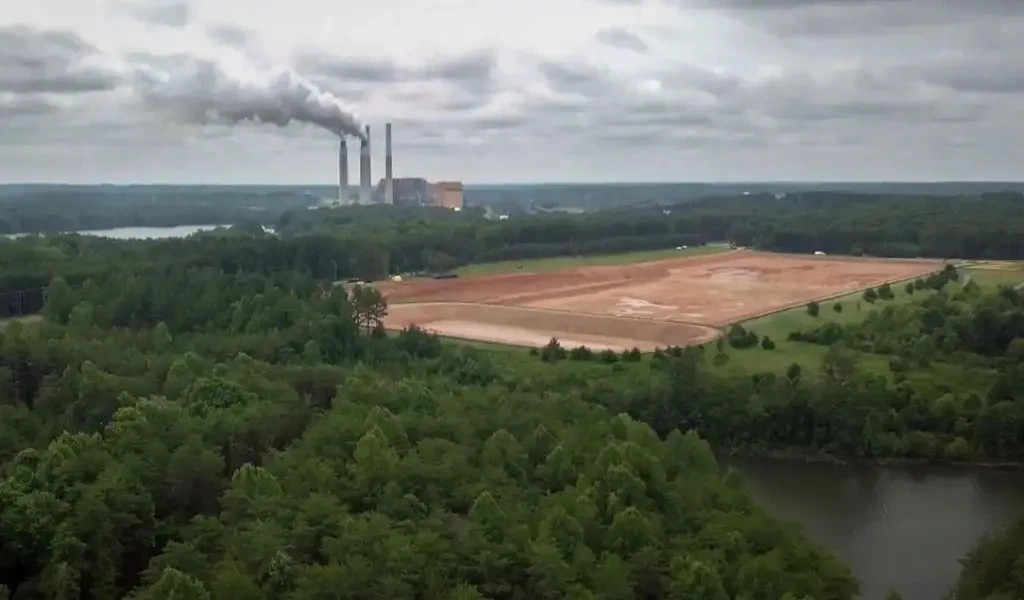Legal
Industrial Sources of Contaminants in US Drinking Water: Unveiling the Threat

The provision of clean and safe drinking water is a fundamental cornerstone of public health. Unfortunately, the reliability of our water supply is not always guaranteed. Across the United States, a multitude of contaminants stemming from industrial sources pose a significant threat to the quality of our drinking water.
A recent CNN report highlights the gravity of the situation. It reveals that nearly half of the tap water in the U.S. is tainted by substances commonly referred to as “forever chemicals.”
This revelation arises from a comprehensive study conducted by the U.S. Geological Survey. The study involved collecting water samples directly from taps at 716 locations over the period from 2016 to 2021. The findings are disconcerting. They indicate that in roughly 45% of U.S. drinking water samples, at least one PFAS and other chemicals were detected.
In this article, we will delve into the various industrial sources responsible for these contaminants in U.S. drinking water.
Industrial Runoff and Chemical Spills
Industrial runoff and chemical spills stand out as significant culprits behind water contamination. Rainwater’s ability to transport pollutants from industrial sites, construction zones, and factories into nearby rivers, lakes, or groundwater sources is a major concern. Among the contaminants carried along by this runoff are heavy metals, petroleum derivatives, and a range of harmful chemicals.
A glaring example of this problem can be found in the Camp Lejeune water contamination case, which adversely affected approximately one million people. According to TorHoerman Law, recent investigations have unveiled a distressing narrative.
During the early 1950s, a dry cleaning business operating near the camp was improperly releasing cleaning solvents, primarily perchloroethylene (PCE), into the soil. From there, PCE made its way into the groundwater, ultimately contaminating the water supply at Camp Lejeune.
Examinations of the water supply revealed PCE levels over 40 times higher than what is considered safe for human consumption. It’s important to note that PCE, while causing the most harm to the affected individuals, was not the sole contaminant they were exposed to.
In the wake of these revelations, those impacted by the contamination have pursued legal action. They initiated the Camp Lejeune toxic water lawsuit seeking justice and accountability for the health consequences they endured.
Agricultural Practices
Although not exclusively tied to industrial activities, large-scale agricultural operations often heavily depend on pesticides, herbicides, and fertilizers. These substances, when applied to fields, can inadvertently infiltrate the soil and seep into groundwater reservoirs.
In particular, compounds like nitrates and pesticides have the potential to permeate drinking water sources. This poses significant health risks, especially to vulnerable groups such as infants and pregnant women.
A study published in ACS Publications adds quantitative weight to this issue. The research analyzed samples from 1,204 wells in aquifers representing 70% of the drinking water supply volume.
The investigation focused on 109 different pesticides, including their active ingredients, as well as 116 degrades. The findings were striking, with approximately 41% of the wells showing the presence of pesticide compounds. Furthermore, nearly two-thirds of these wells contained mixtures of these compounds, and three-quarters had detectable degrades.
These statistics emphasize the need for stringent regulations and vigilant monitoring to address widespread pesticide contamination in drinking water sources within the agricultural sector.
Mining and Extraction Activities
According to a news report, the mining and extraction industries, especially gold mining, have a concerning history of water pollution in the USA. The operations conducted by these industries have been found to frequently release heavy metals like lead, mercury, and arsenic into nearby water bodies.
This hazardous contamination threatens the health and well-being of downstream communities by infiltrating the drinking water supply.
The report highlighted alarming statistics: approximately three-quarters of gold mines in the United States have had detrimental effects on nearby groundwater or surface water.
This impacts the quality of drinking water supplies for residential homes and businesses. They also encompass the degradation of fish and wildlife habitats, and in some cases, instances of fish kills.
Furthermore, an estimated 50 million gallons of water tainted with toxic metals flow daily from the country’s hard rock mines. This further exacerbates the environmental and public health risks associated with these mining operations.
Industrial Chemical Manufacturing
The manufacturing of industrial chemicals is a known contributor to environmental contamination, introducing hazardous substances that can have severe consequences. Volatile organic compounds (VOCs), such as trichloroethylene (TCE) and perchloroethylene (PCE), are commonly employed across various industries. They have the potential to seep into groundwater, thereby creating significant health hazards.
According to estimates from the Environmental Protection Agency (EPA), in 2019 alone, 229 facilities engaged in the production of inorganic chemicals. They collectively discharged pollutants into waterways. This collective discharge amounted to over 2 billion pounds of pollutants.
Conclusion
Protecting our drinking water from industrial contaminants is a critical endeavor. These contaminants can have severe health consequences, including cancer, developmental issues, and neurological disorders. To address this issue, stricter regulations, improved industrial practices, and increased monitoring are necessary.
Furthermore, public awareness and community involvement are essential in holding industries accountable for their impact on water quality. As citizens, we must advocate for clean and safe drinking water, not only for ourselves but for future generations.
Together, we can ensure that industrial activities do not compromise the most fundamental resource for human health and well-being: clean and safe drinking water.
SEE ALSO: Minnesota Joins the Ranks: Recreational Marijuana Legalized For Adults 21 And Older



























